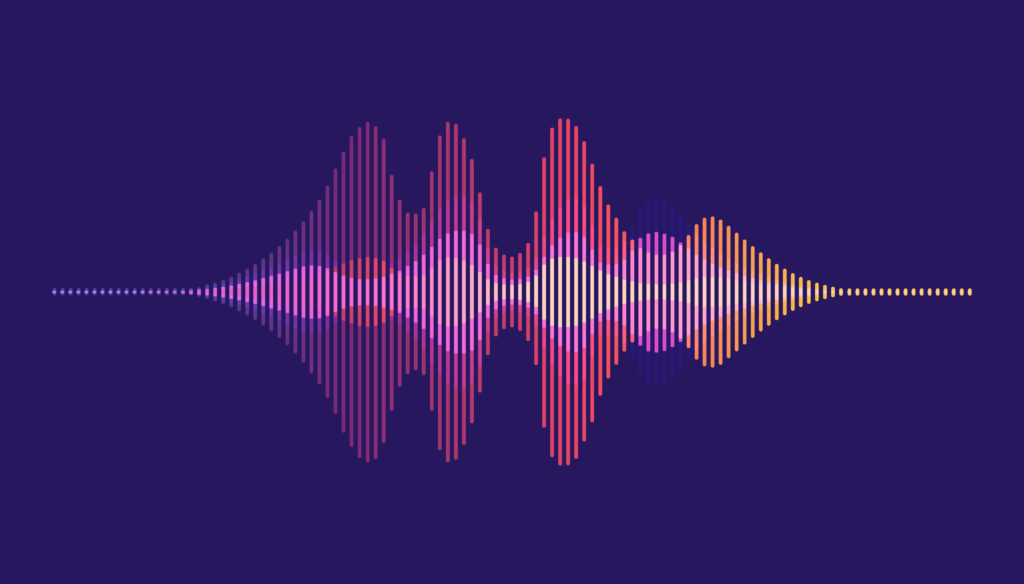Using two different media (air and water) in glass bottles show how the speed of vibrations affects pitch. Students will determine which results in a higher pitch: a full bottle or an empty bottle.
Pitch is the way that your ear and brain order sounds based on their frequency (vibrations per second). Rapid vibrations (high frequency) that reach your ear are categorized as a "higher" pitch, while slower vibrations (low frequency) are categorized as a "lower" pitch. Musicians label the pitches with the letters A through G.
When you tap a glass of water with a pencil or spoon the water molecules vibrate and create sound waves through the water. More water means slower vibrations and a deeper tone. Each of the bottles will have a different pitch when hit with the pencil. The bottle with the most water will have the lowest pitch while the bottle with the least water will have the highest.
When you blow across the top of the bottle, you set the air molecules vibrating and produce sound waves. In this case, more water results in a higher pitch, as opposed to tinkling the bottle. When the bottle has a small amount of water in it, the air molecules have lots of room and vibrate slower. Adding more water gives them less space to vibrate in, making them vibrate faster and producing a higher pitch.



